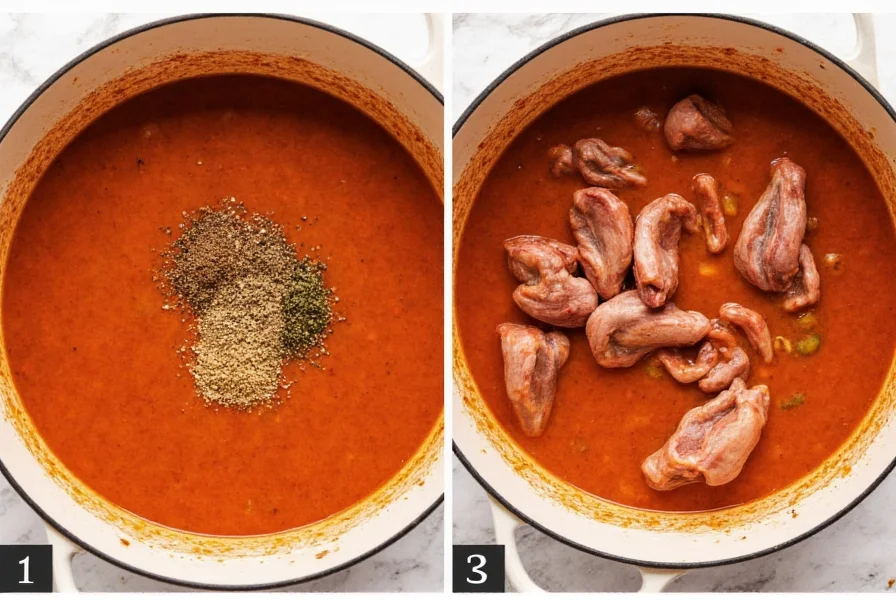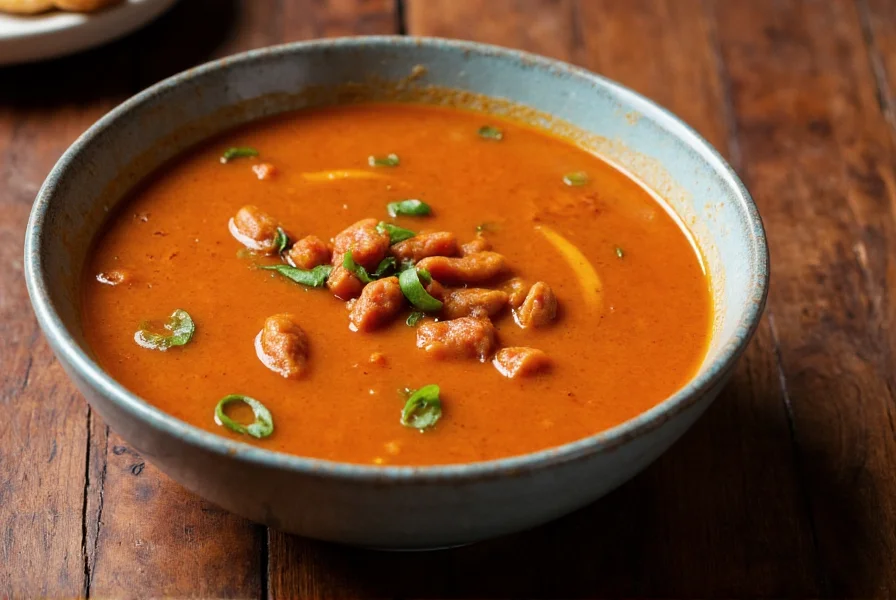While many cultures have their own interpretations of pepper-infused soups, the Nigerian variant remains the most widely recognized globally. This culinary treasure has gained international popularity not just for its distinctive taste but also for its cultural significance and perceived health benefits.
The Cultural Roots of Pepper Soup
Originating in Nigeria, pepper soup holds a special place in West African culinary traditions. Different ethnic groups across Nigeria—including the Igbo, Yoruba, and Efik—have their own distinctive variations. In Nigerian culture, pepper soup often serves multiple purposes: it's a comfort food during cold weather, a remedy for minor illnesses, and a celebratory dish at social gatherings.
The soup's prominence in Nigerian society explains why "Nigerian pepper soup recipe" consistently ranks among the top search queries related to this dish. Traditional preparation methods have been passed down through generations, with subtle variations distinguishing regional interpretations.

Key Ingredients That Define Authentic Pepper Soup
What separates authentic pepper soup from generic spicy broths lies in its specific ingredient profile:
| Core Ingredients | Traditional Substitutes | Cultural Significance |
|---|---|---|
| Uziza or Scent Leaves | Basil (limited substitution) | Provides distinctive aromatic quality essential to West African pepper soup |
| Utazi Leaves | Bitter leaf (different flavor profile) | Adds medicinal properties and characteristic bitterness |
| Cayenne Pepper | Crushed red pepper | Primary heat source in traditional preparations |
| Scotch Bonnet Peppers | Habanero peppers | Contributes fruity heat and complex flavor notes |
| Black Pepper | White pepper | Adds depth and warming quality to the broth |
Protein selection varies significantly across regions. While goat meat pepper soup represents one popular variation, other common protein bases include:
- Assorted meats (goat, beef, tripe)
- Fish (especially in coastal regions)
- Poultry (chicken or turkey)
- Snail (considered a delicacy in some communities)
Understanding these components helps explain why searches for "traditional African pepper soup ingredients" and "authentic Nigerian pepper soup meat selection" remain consistently popular among culinary enthusiasts.
Traditional Preparation Techniques
The preparation method significantly impacts the final flavor profile of pepper soup. Authentic preparation follows these essential steps:
- Meat preparation: Meats are thoroughly cleaned, often with lime or vinegar, then parboiled to remove impurities
- Broth creation: Cleaned meats simmer in water with minimal seasoning to create a clean base broth
- Spice incorporation: Ground peppers, ginger, and other spices added gradually while tasting
- Leaf addition: Scent leaves and utazi added toward the end to preserve their delicate flavors
- Final seasoning: Salt and additional spices adjusted before serving
One common mistake home cooks make when attempting "how to make authentic pepper soup" is adding all spices at once. Traditional preparation involves gradual spice incorporation, allowing the cook to adjust heat levels precisely. The broth should remain clear, not cloudy, indicating proper technique.

Health Benefits and Medicinal Uses
Beyond its culinary appeal, pepper soup has been traditionally valued for its potential health benefits. The combination of peppers, ginger, and aromatic leaves creates a broth with:
- Natural decongestant properties from the capsaicin in peppers
- Anti-inflammatory effects from ginger and black pepper
- Digestive benefits from the aromatic herbs
- Immune system support from the vitamin-rich leafy components
This explains why many search for "pepper soup for cold remedy" or "health benefits of Nigerian pepper soup" during colder months. While not a substitute for medical treatment, the soup's warming properties and nutrient density make it a valued component of traditional wellness practices.
Serving Traditions and Cultural Significance
In Nigerian culture, pepper soup serves multiple social functions:
- Served as an appetizer at traditional ceremonies and celebrations
- Common street food, particularly in the evenings
- Offered to guests as a sign of hospitality
- Consumed during cold weather or when feeling under the weather
The communal aspect of pepper soup cannot be overstated. Unlike many Western soups served as main courses, Nigerian pepper soup often functions as a shared starter, with diners gathering around the pot. This social dimension explains why searches for "pepper soup party serving suggestions" and "traditional Nigerian soup presentation" appear regularly.
Modern Adaptations and Global Variations
As Nigerian cuisine has gained global recognition, pepper soup has evolved with various adaptations:
- Vegetarian versions: Using mushrooms or plant-based proteins instead of meat
- Health-conscious preparations: Reduced-sodium versions and leaner meat selections
- Fusion interpretations: Incorporating elements from other culinary traditions
- Ready-to-eat commercial products: Powdered mixes and canned versions
While these adaptations make the dish more accessible, purists emphasize that the authentic experience requires fresh ingredients and careful attention to traditional preparation methods. Those searching for "authentic vs modern pepper soup differences" often seek guidance on maintaining traditional flavors while accommodating contemporary dietary preferences.
Frequently Asked Questions
What makes Nigerian pepper soup different from other spicy soups?
Nigerian pepper soup is distinguished by its specific blend of peppers (including cayenne, Scotch bonnet, and black pepper), aromatic leaves (scent leaves and utazi), and preparation method that creates a clear broth rather than a thick stew. Unlike many Asian spicy soups that use chili oil or paste, authentic Nigerian pepper soup relies on freshly ground peppers and herbs for its distinctive flavor profile.
Can I make pepper soup without traditional African ingredients?
While substitutions can be made (like using basil instead of scent leaves), the authentic flavor profile requires traditional ingredients. Specialty African markets or online retailers typically carry dried utazi and scent leaves. For the most authentic experience, seek out these specific ingredients rather than relying on substitutes, as they provide the distinctive herbal notes essential to genuine Nigerian pepper soup.
How spicy should authentic pepper soup be?
Authentic pepper soup should have significant heat, but the spiciness should be balanced with herbal notes and the richness of the meat broth. Traditional preparation allows diners to adjust heat levels to their preference by controlling pepper quantities. The ideal pepper soup delivers a warming sensation that builds gradually rather than an immediate, overwhelming burn.
What meats work best for traditional pepper soup?
Goat meat is considered the most traditional protein for Nigerian pepper soup, particularly the bony cuts that add richness to the broth. Other popular options include assorted meats (beef, tripe, and cow skin), fish, and poultry. The key is using meats that will create a flavorful broth while maintaining their texture during the relatively short cooking process.
How is pepper soup traditionally served in Nigeria?
In Nigeria, pepper soup is typically served piping hot in small bowls as an appetizer or street food. It's often enjoyed communally, with the pot placed in the center of the table. Unlike many Western soups, it's commonly consumed without side dishes, though it may be accompanied by chilled drinks to balance the heat. At social gatherings, it serves as both a culinary delight and a conversation starter.











 浙公网安备
33010002000092号
浙公网安备
33010002000092号 浙B2-20120091-4
浙B2-20120091-4